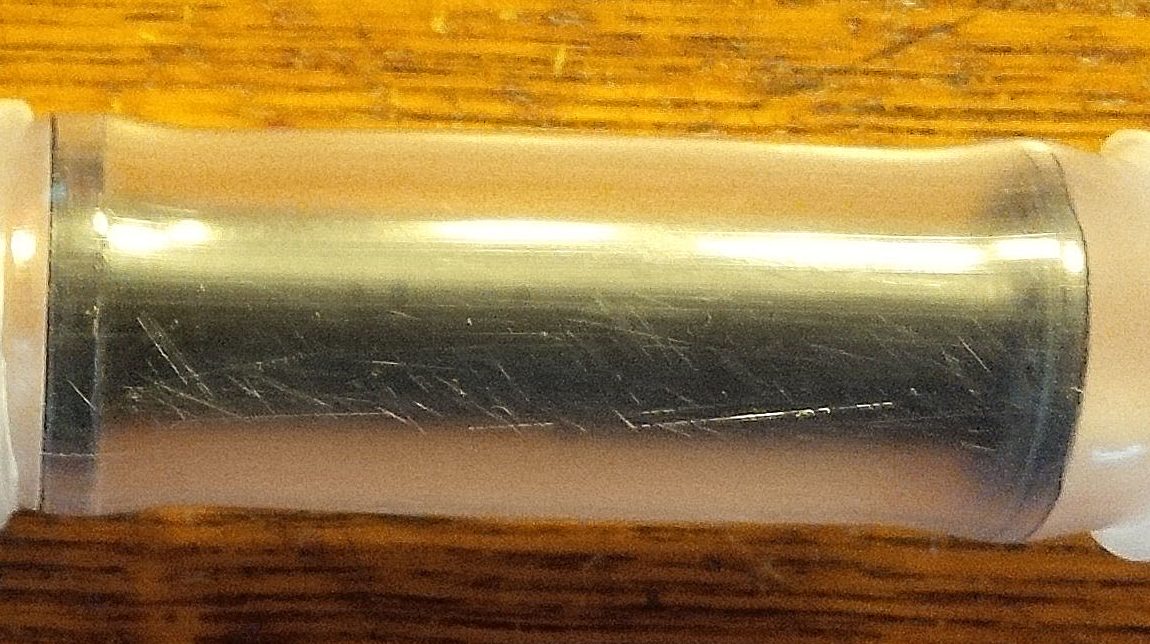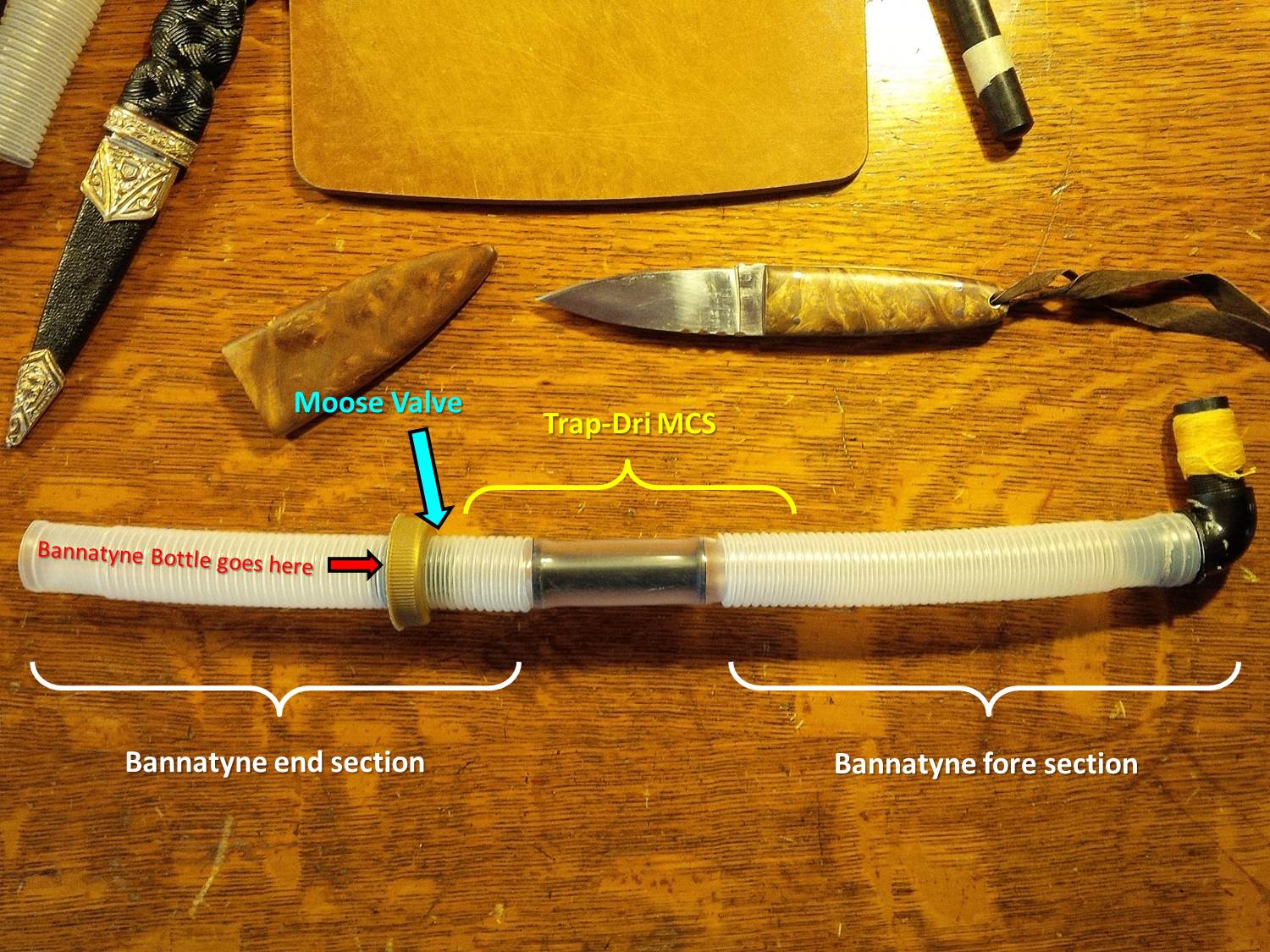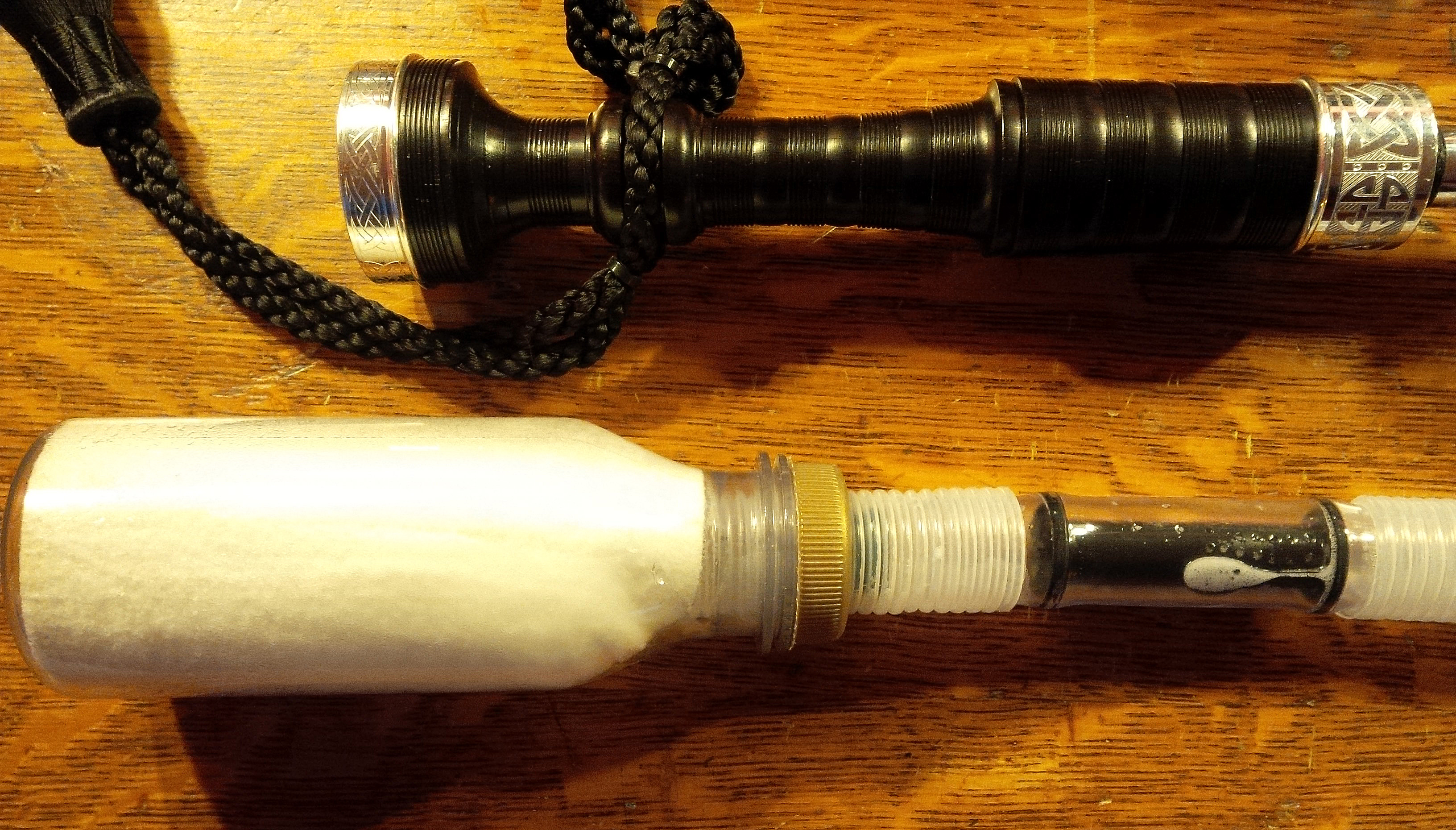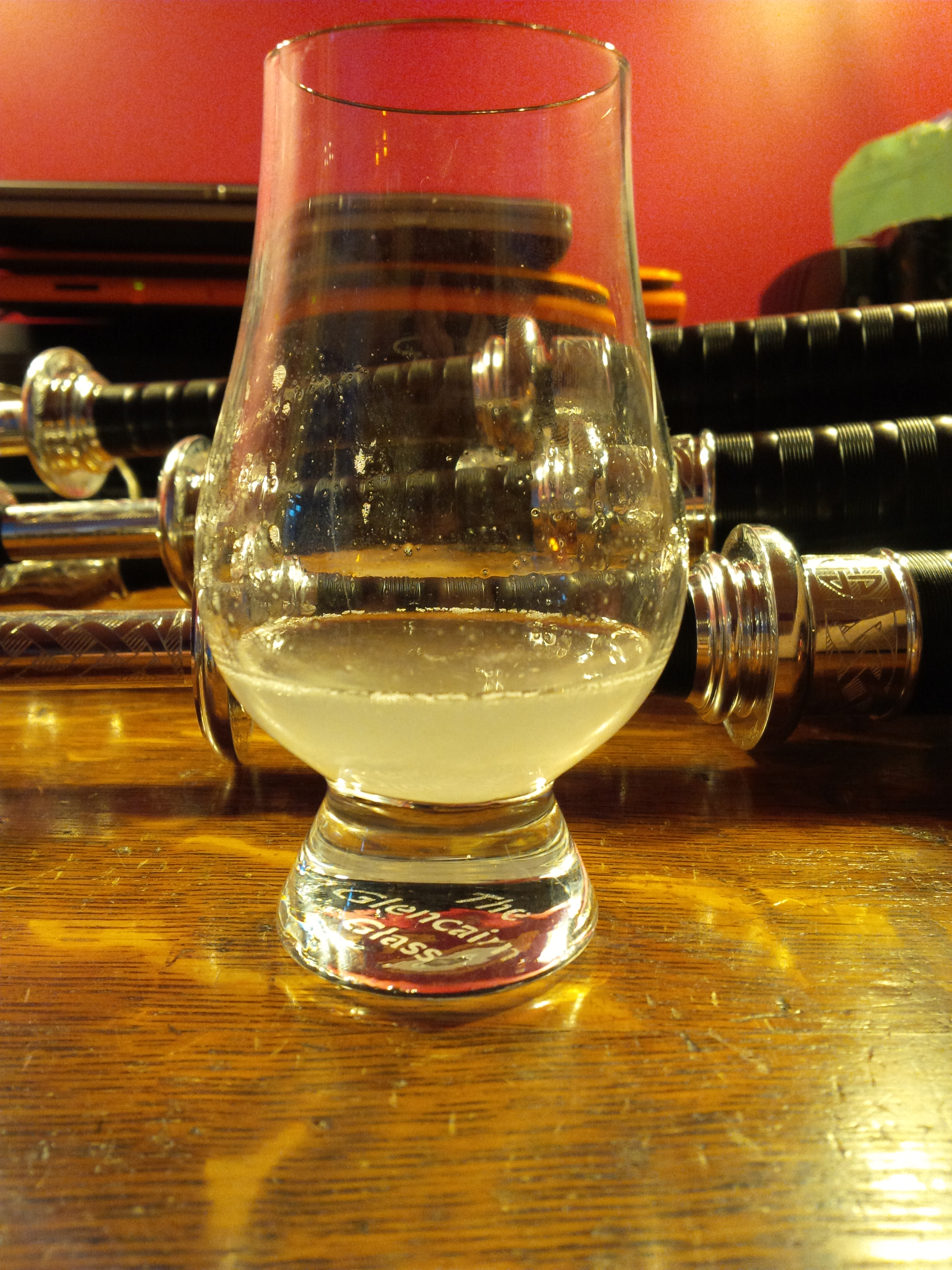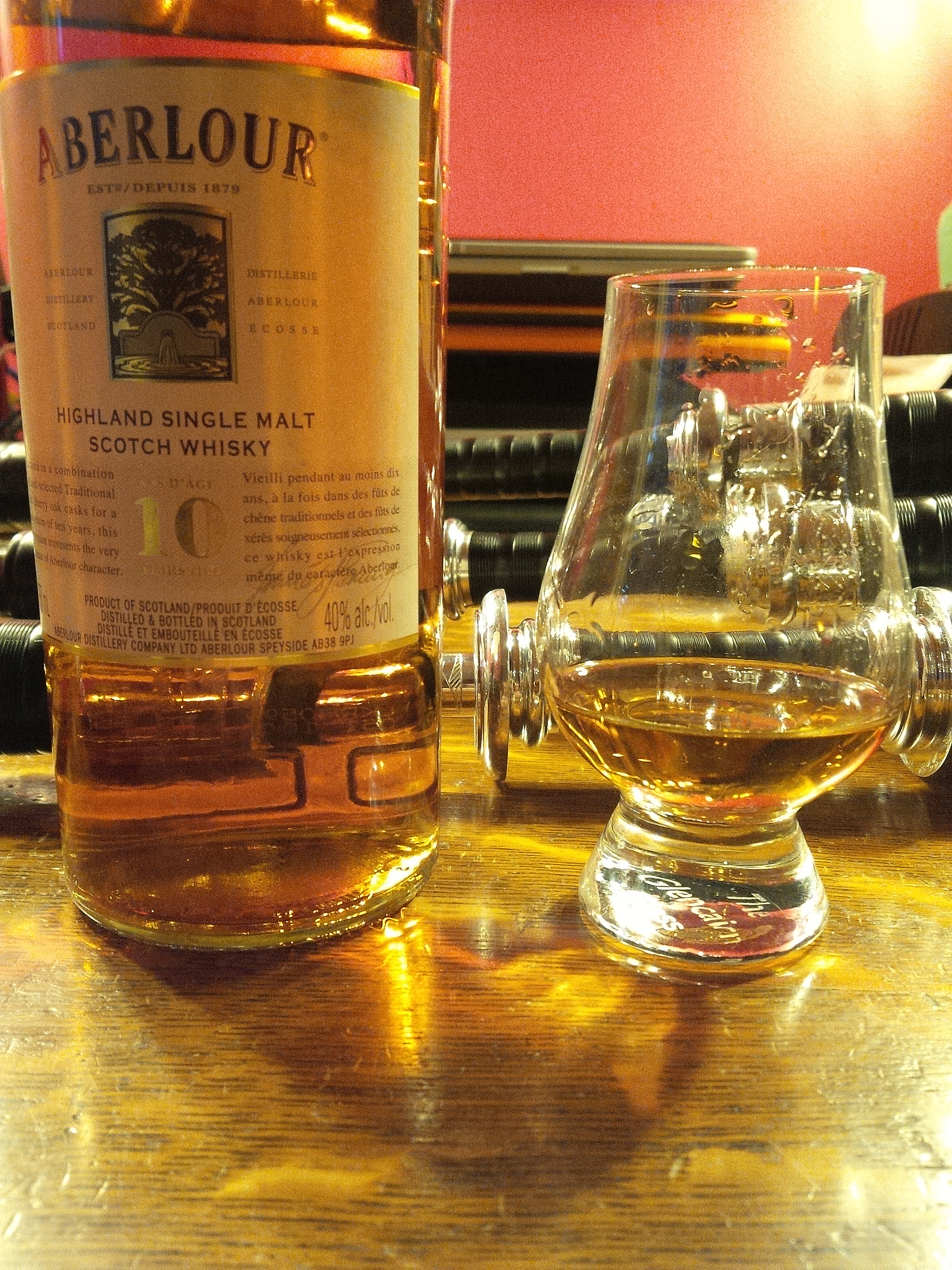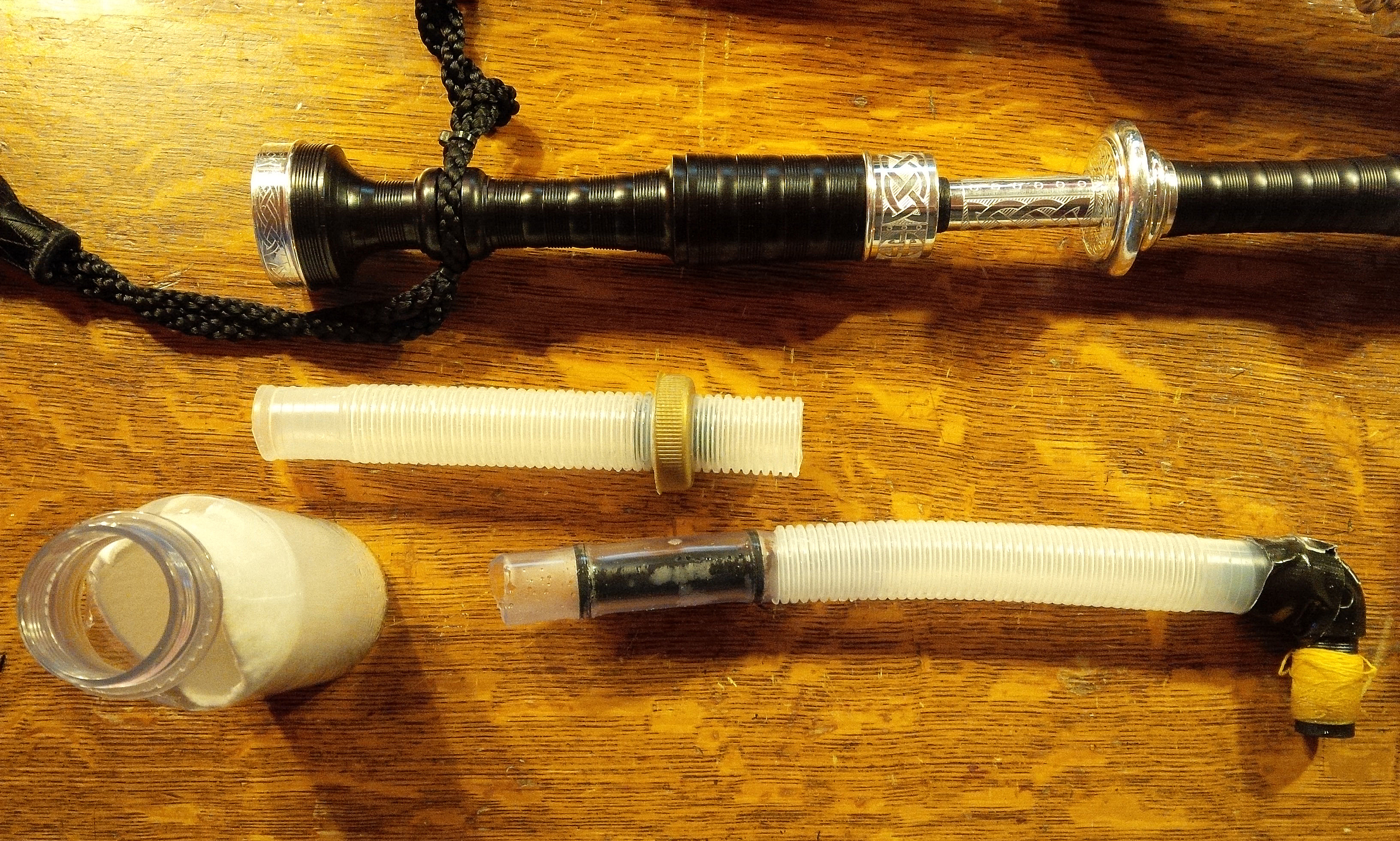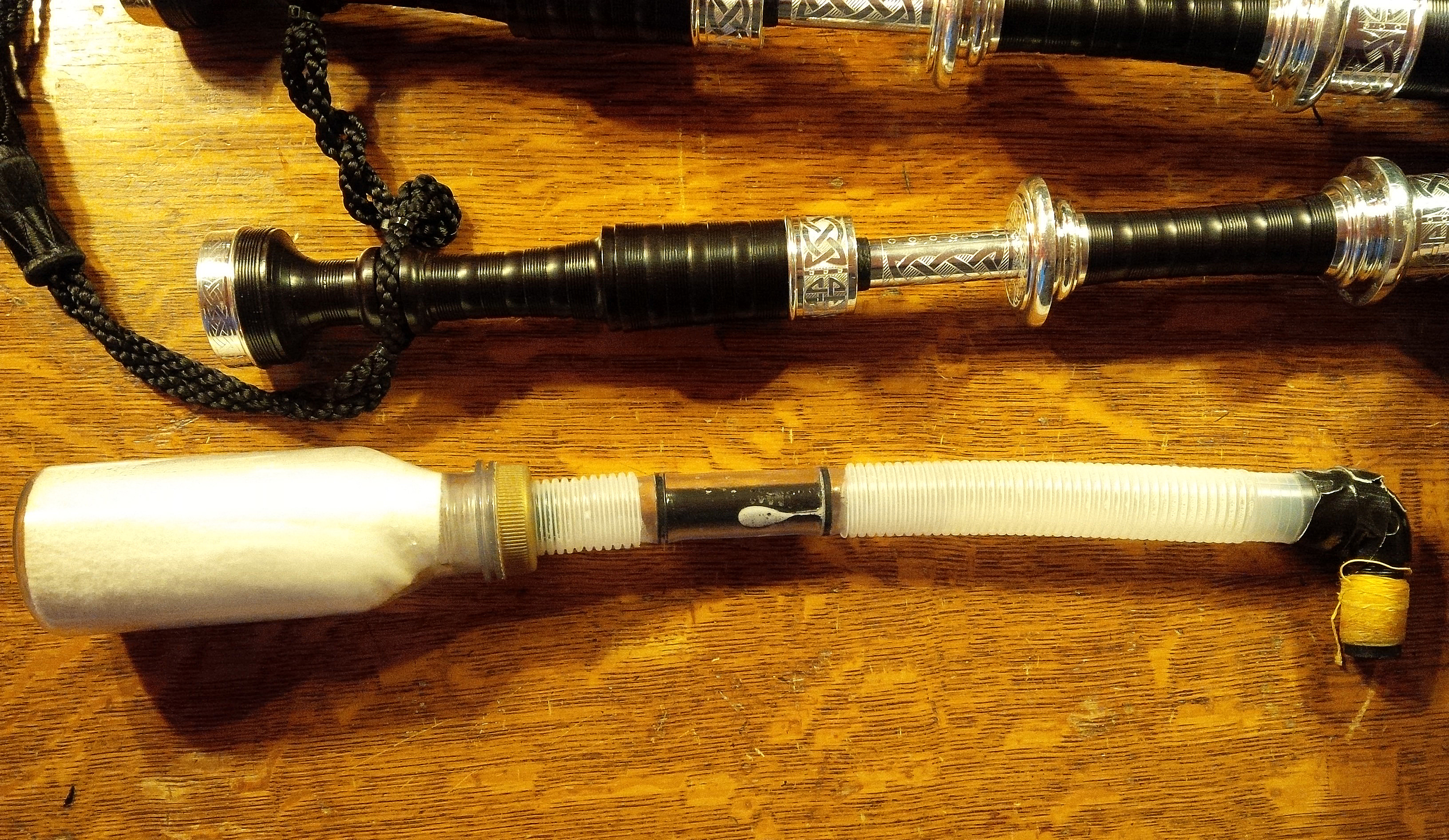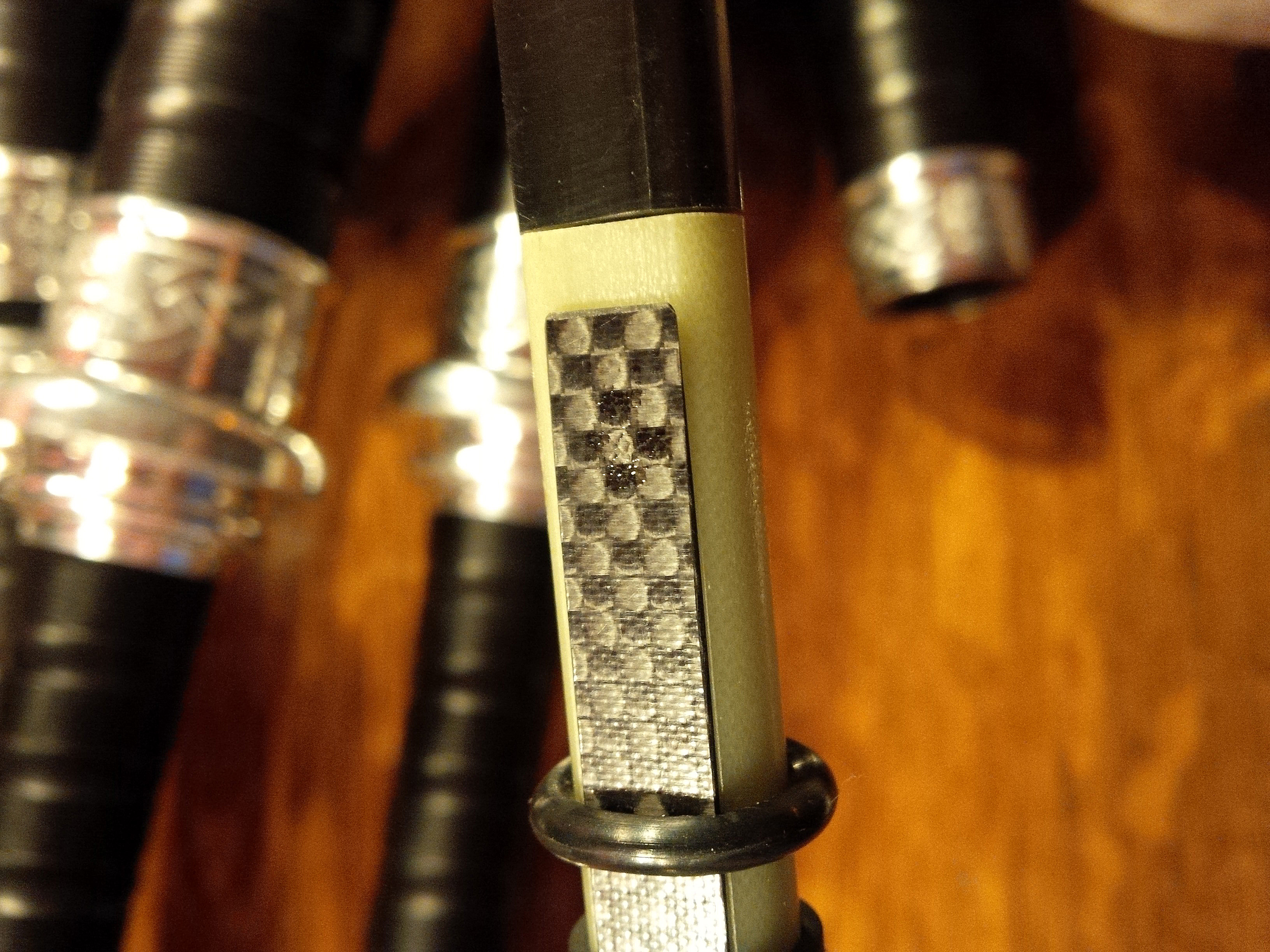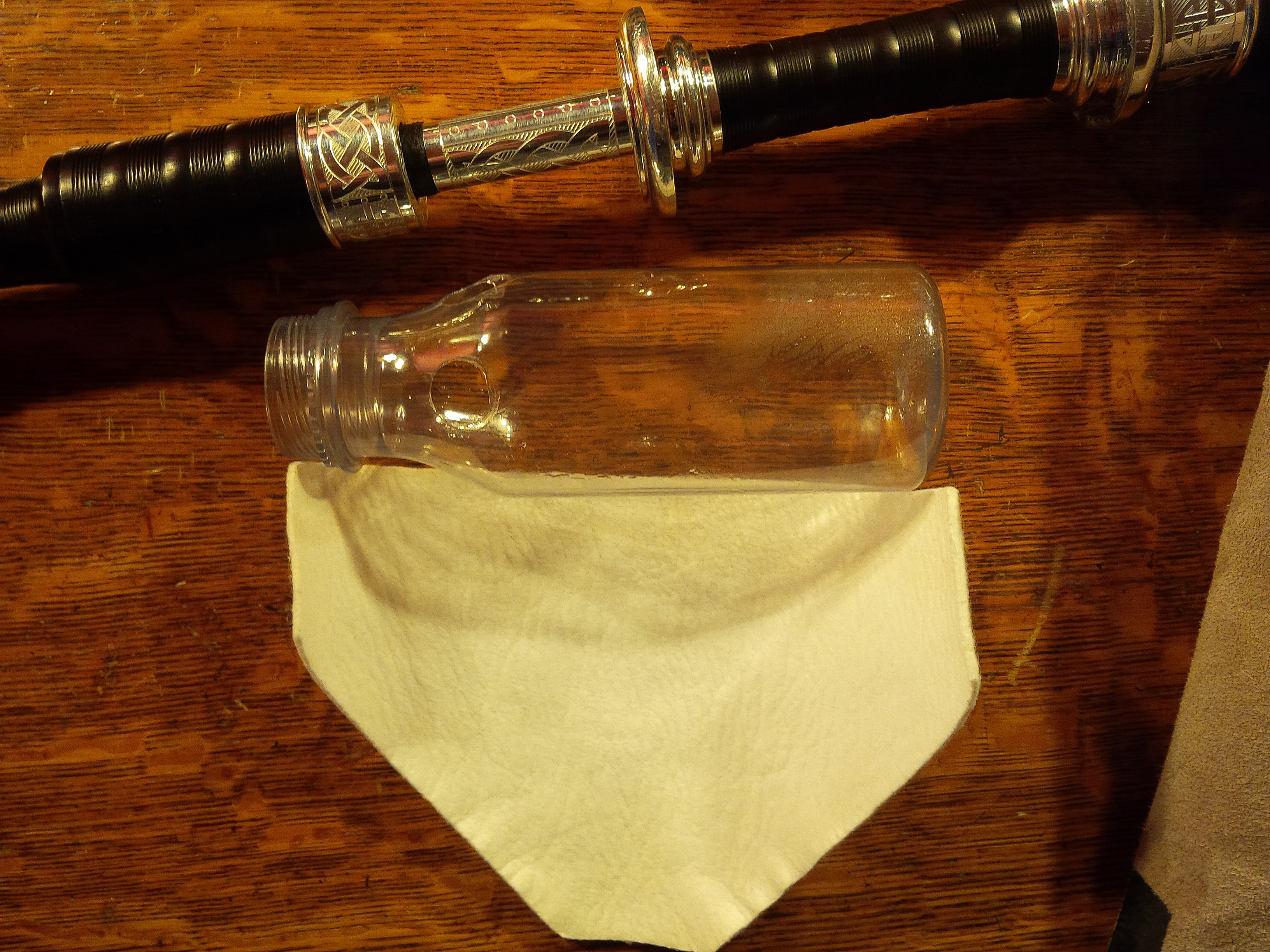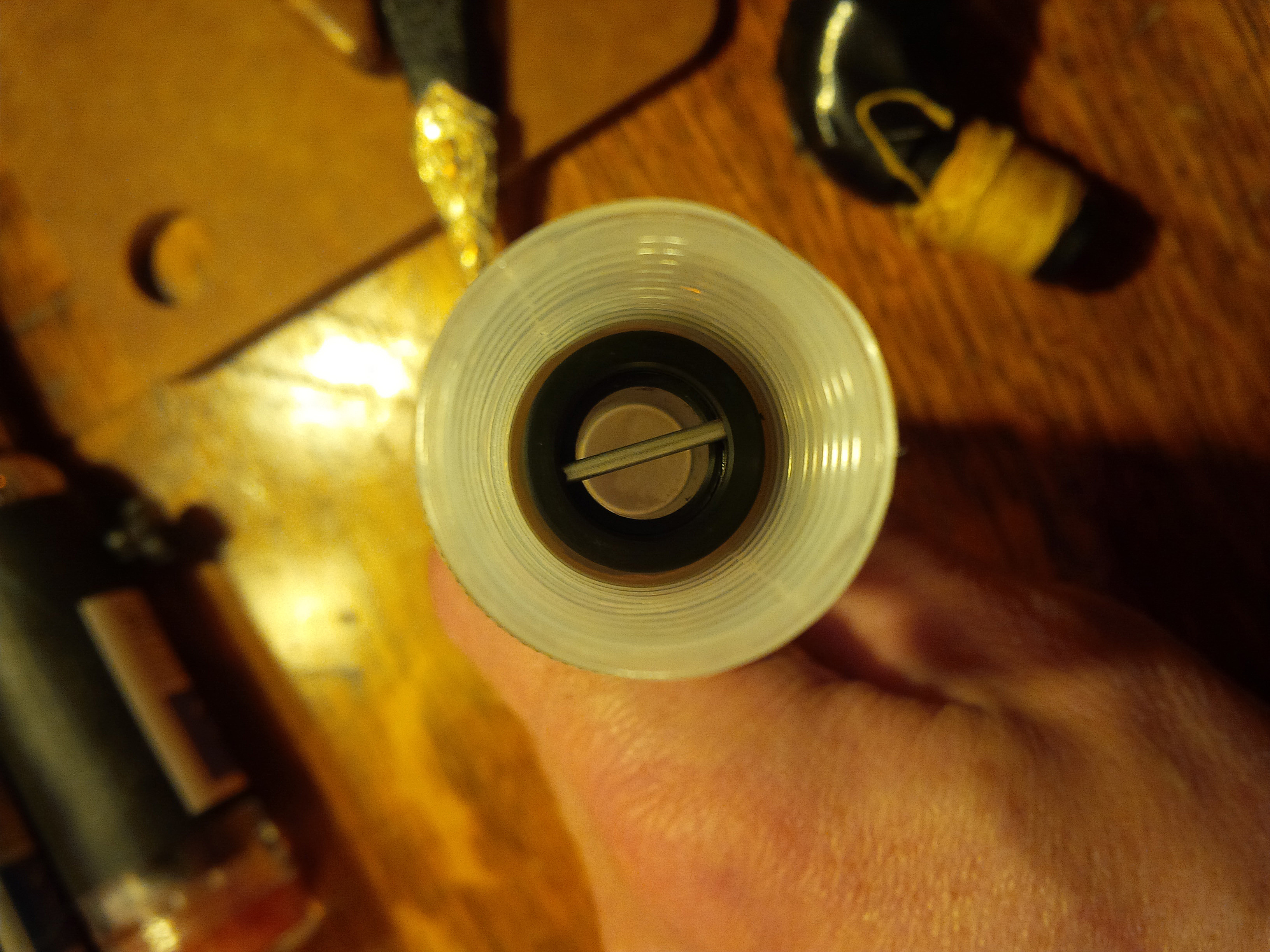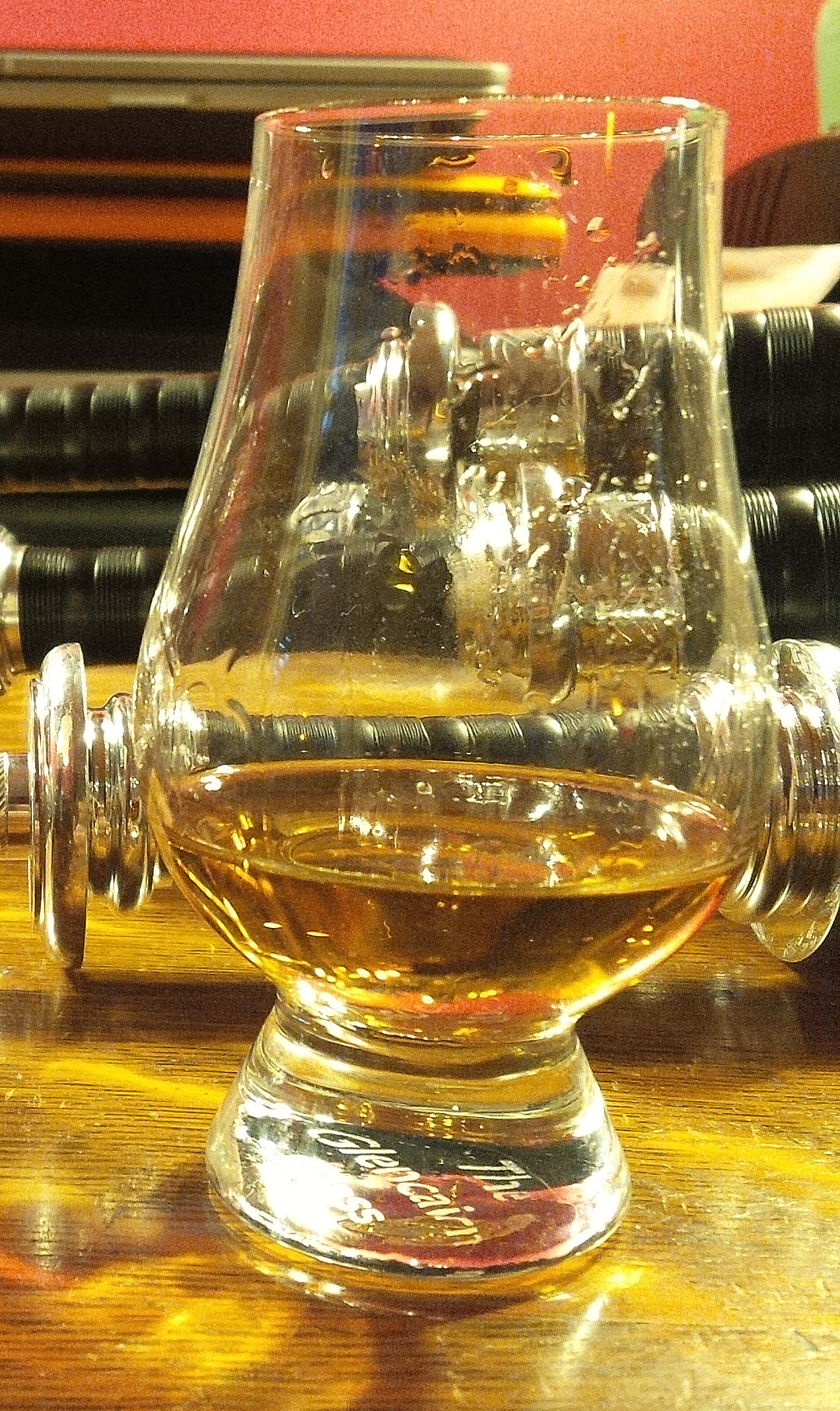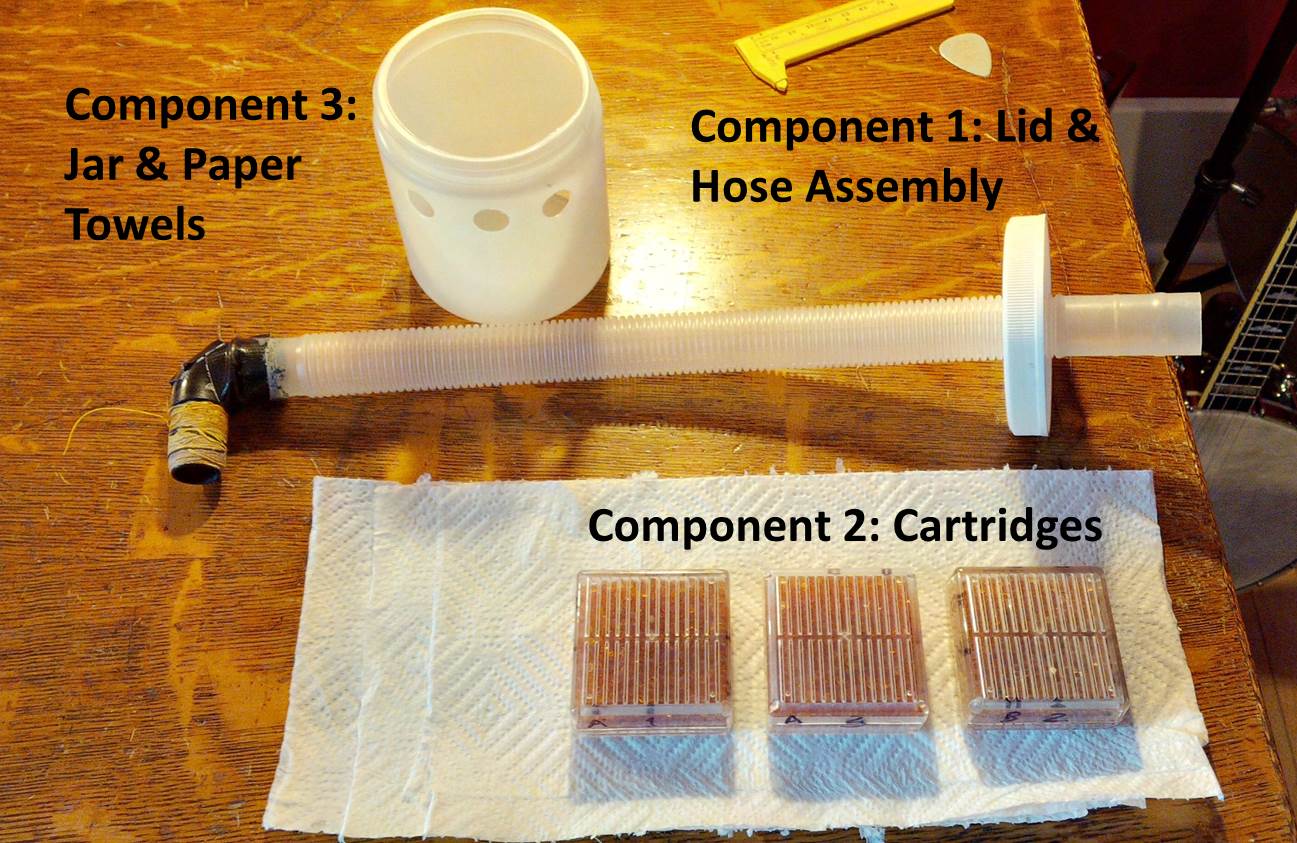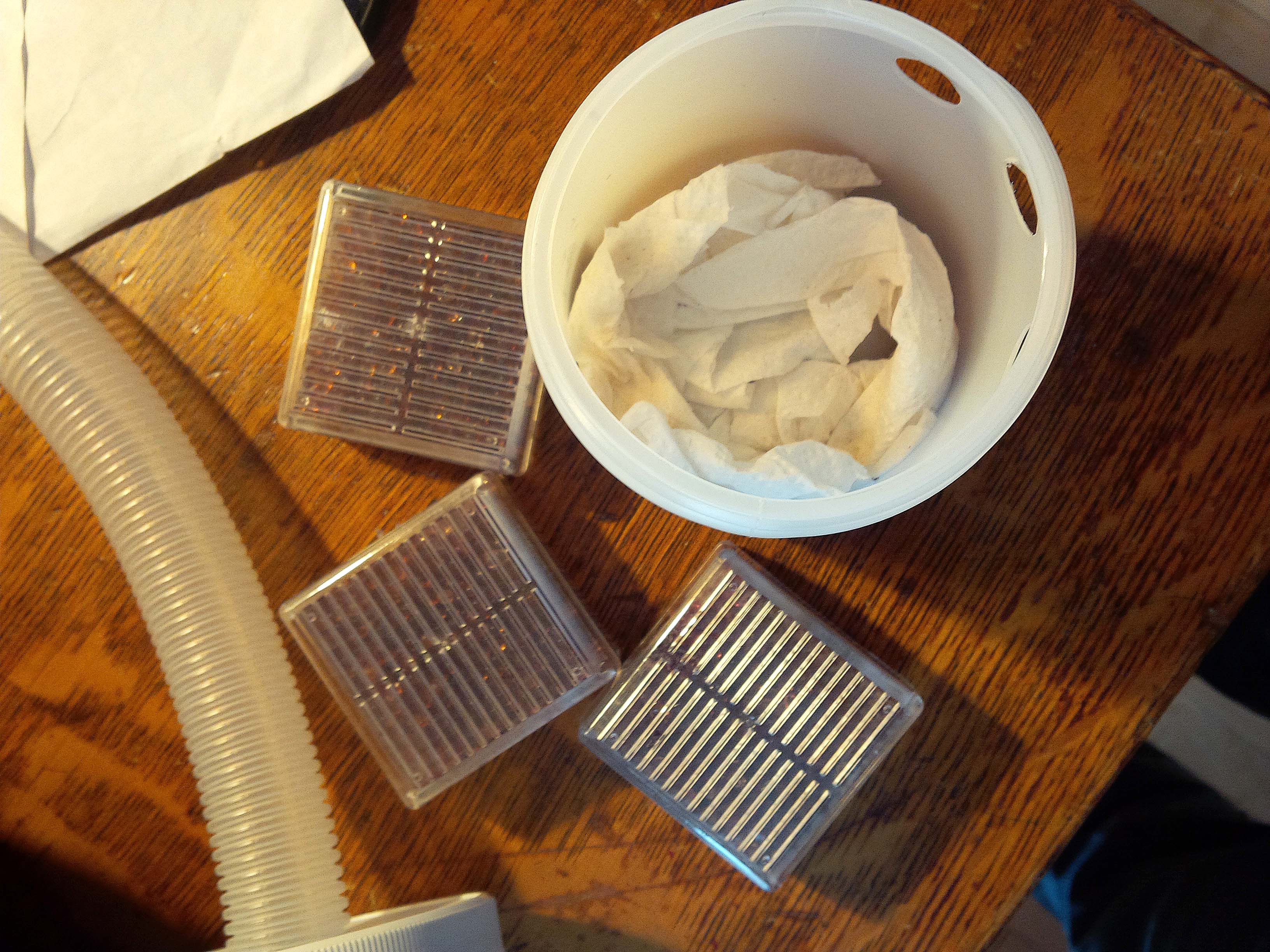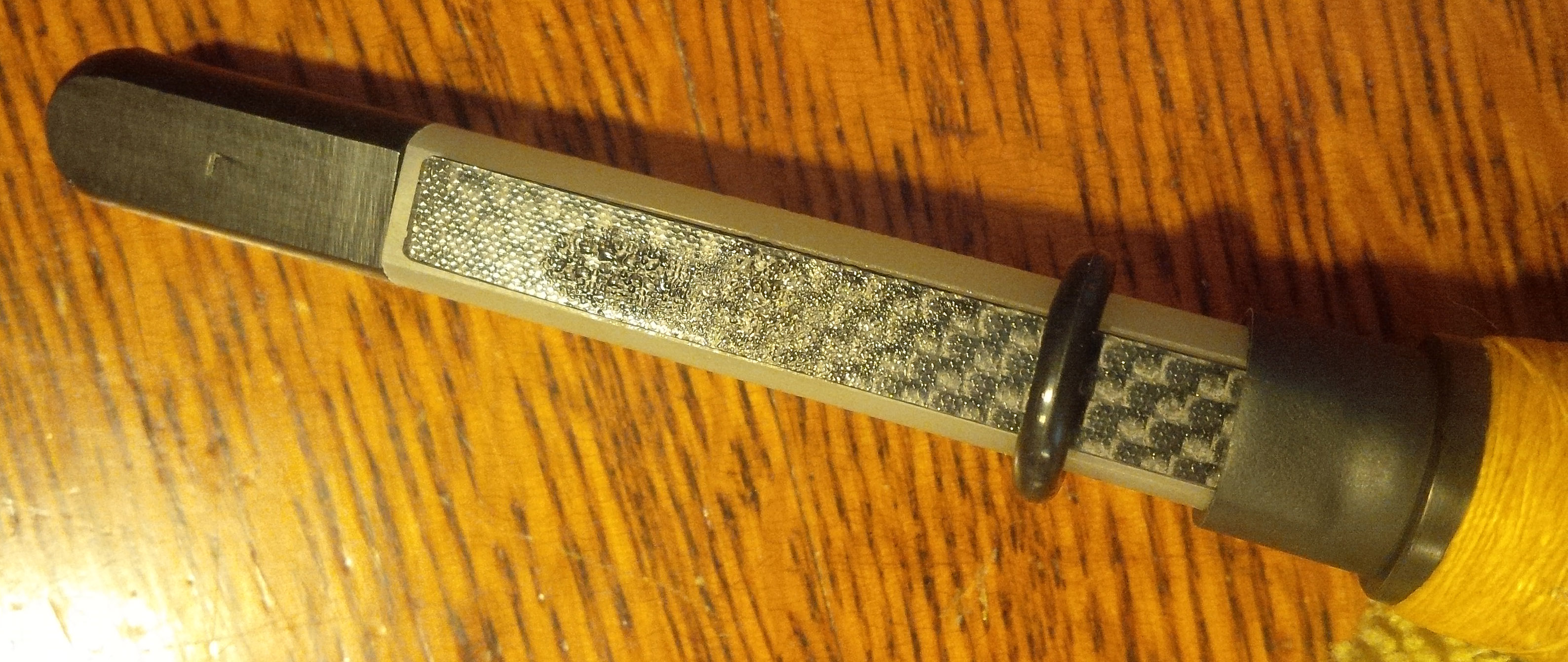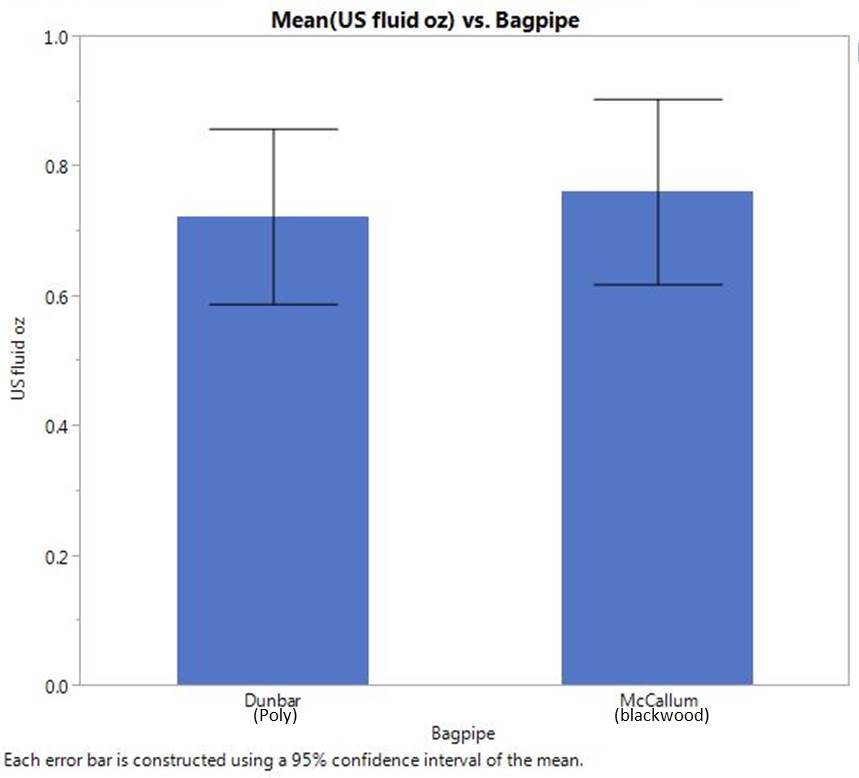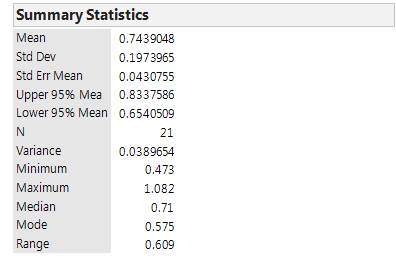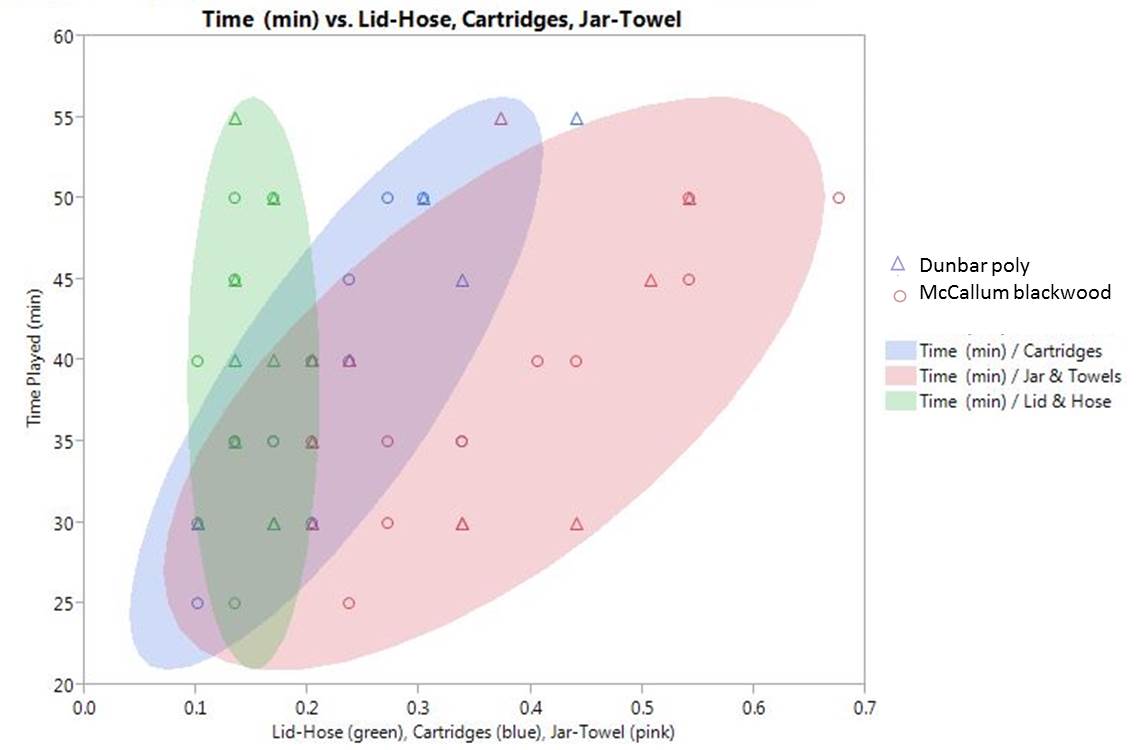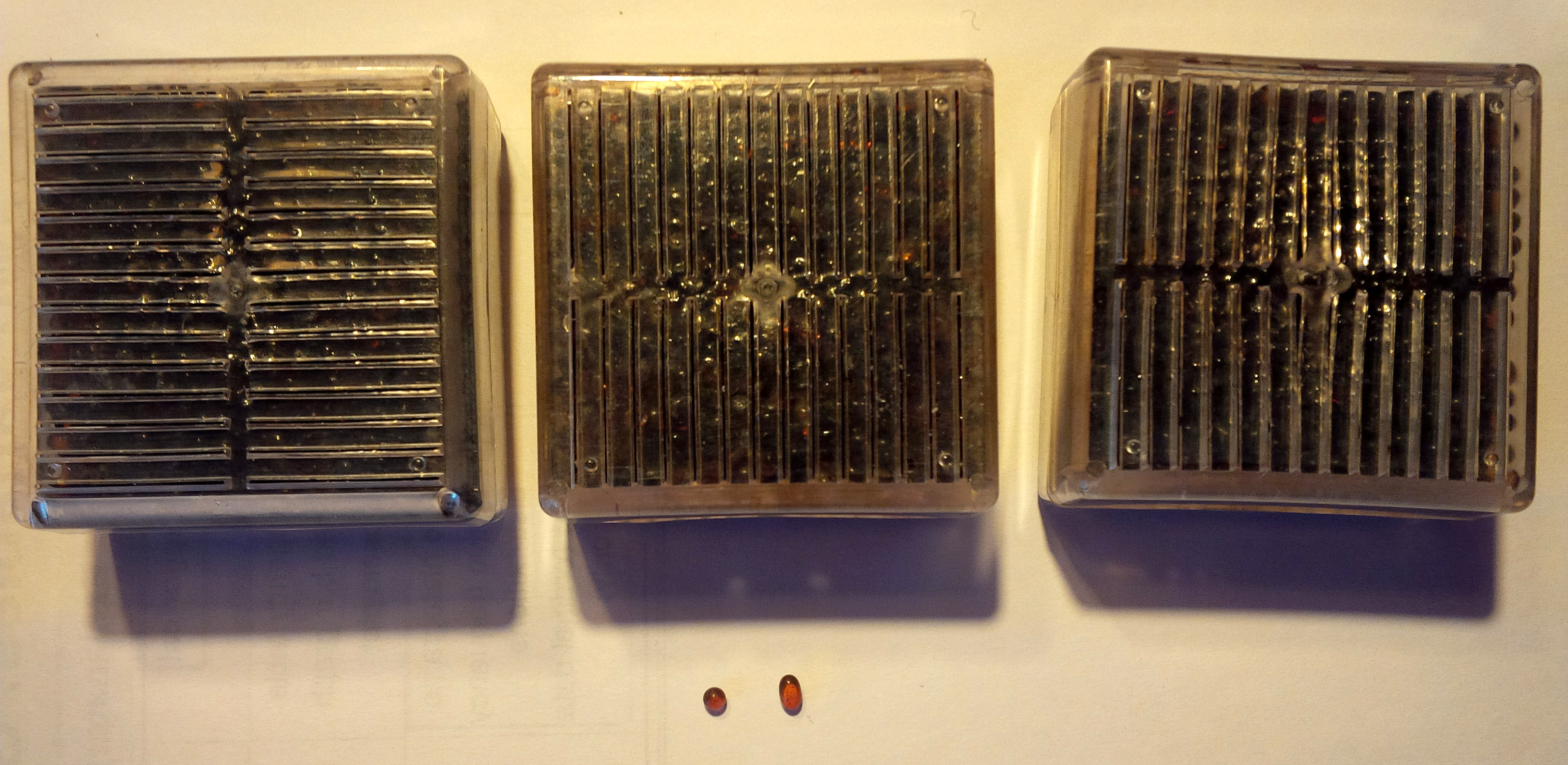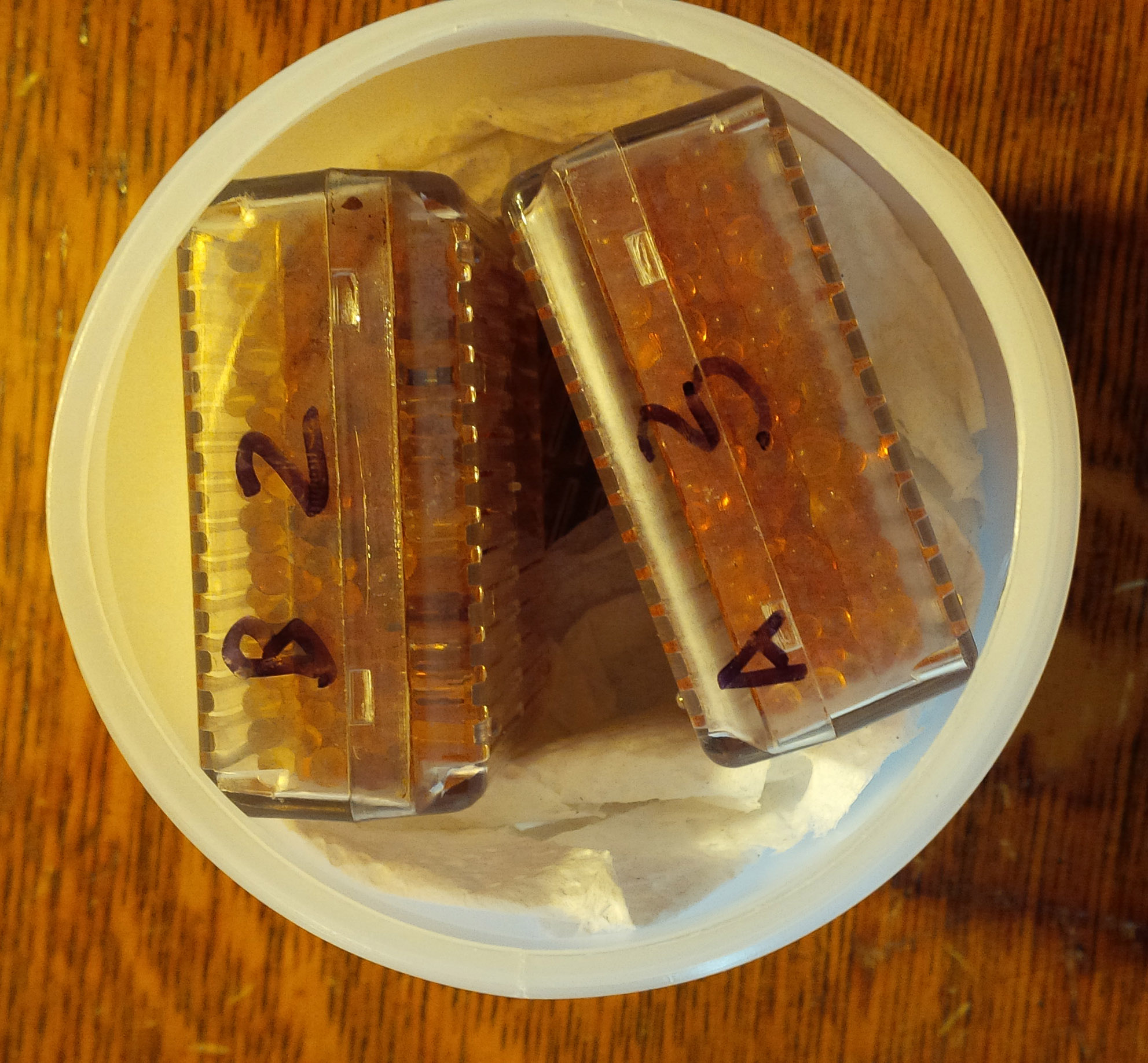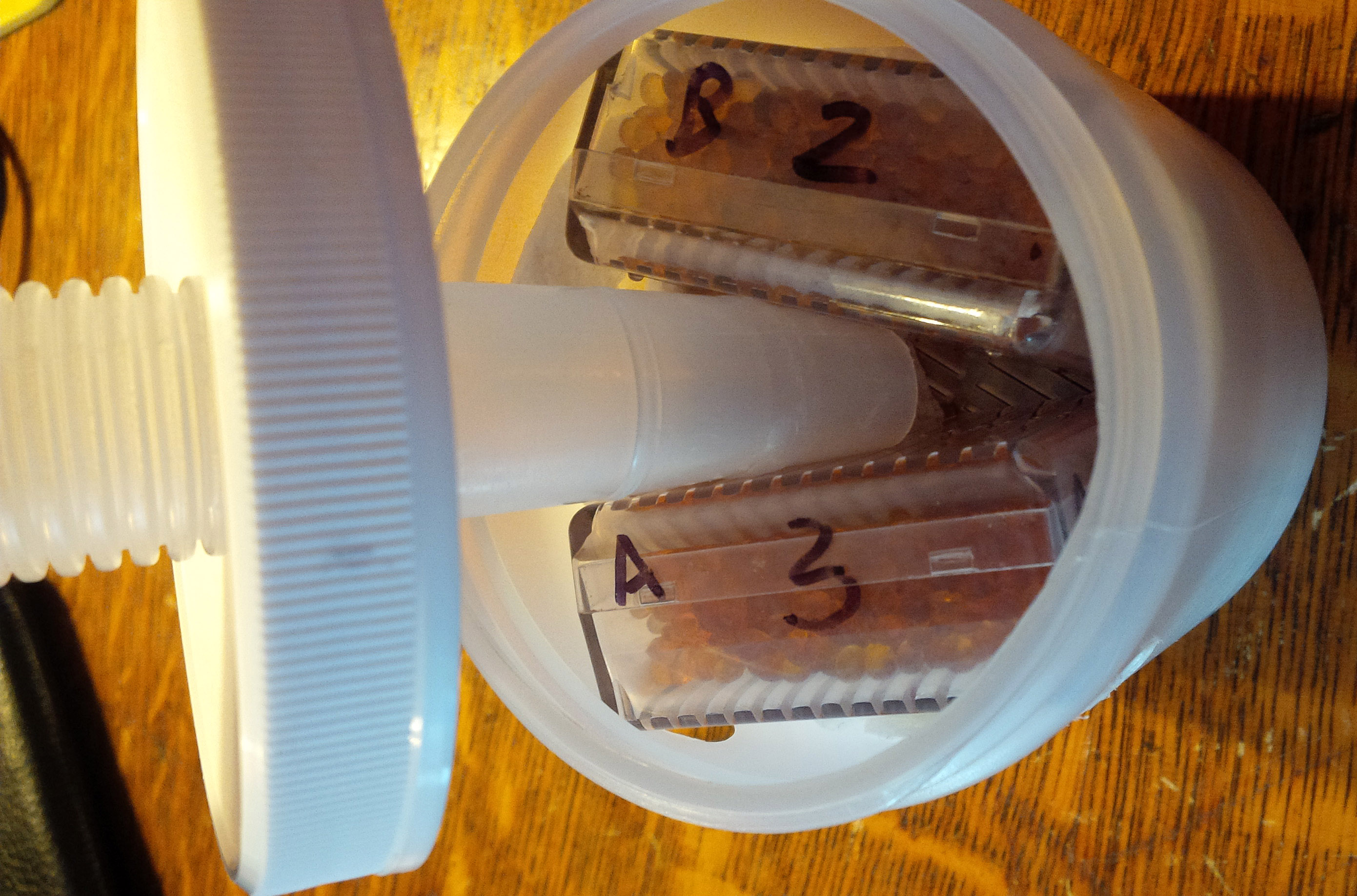The Holy Grail of Moisture Control Systems?
I’ve been on the hunt for the Holy Grail of moisture control systems (MCS) for a while now, well a little less than two years. Many pipers will tell that this is simply a sheepskin bag, and you get the best tone out of the deal. I’ve played a couple sets of pipes with sheepskin, including a set I now own, but I’ve never owned a sheepskin bag. The bags felt great but I didn’t have enough time to test their efficacy for MCS. That said, with what I know, and in my situation, at least for moisture control, sheepskin’s not the way to go. Sheepskin, as I understand it, needs to be played, perhaps weekly if not daily; if one has multiple sets of pipes that could be an issue. Sheepskin is also comparatively expensive; also potentially an issue with multiple sets. Sheepskin still needs time to dry out.
I currently play hybrid Bannatyne and Ross bags and am a wet blower. I like these bags and will stay with them. For moisture control I started with the simple Bannatyne sleeve then the Bannatyne Bottle, but these are mostly light duty systems.
I’ve used a Ross system in a borrowed set of pipes for a while and found strike-ins and cut-offs razor sharp. The restriction in the stocks that the Ross system provides is similar to the drone/tone enhancers some use. A few members of the band I’m in use the system and the band will provide a Ross system if requested. A very competitive Grade 4 band has converted all members over to the Ross bag and associated system, presumably for the same reasons.
Another benefit is that the Ross system keeps your pipes very dry — so dry that I know some folk who have not disassembled their pipes for literally months, if not longer!
Thus, there are some clear advantages to this type of system. However, there are two or three negatives in my opinion. The first is bulkiness and weight inside your bag. The second is the associated dust from the kitty litter many use in the cartridge — yikes!. The third, at least from my perspective, is that the system dampens the tone, a little in some pipes, but quite a bit in others; in some sets it’s a challenge to hear the drones if left on while in the circle, even when everyone else’s drone are off! So, if you’re trying to pull the maximum tone out of your pipes, but also protect them from moisture, what are the options?
Recently, I’ve come across three moisture control systems that fit the bill for 1) outdoor playing — the Trap Dri, indoor and outdoor in its various permutations, and for indoor playing — 2) the Max-Dry, and 3) the Gibson Universal MCS. I make the distinction because some versions of the the Trap Tri requires emptying and other Trap Dri versions and the Max-Dry and Gibson systems do not.
Here are my reviews and usage recommendations for the three products. In all cases I’ve tried to employ empirical measures to determine the efficacy of each system: I measure the amount of the water they collect — and also what they miss.
1) Trap Dri Moisture Control System
I found Alan Forbes’ Trap Dri Moisture Control System on eBay a few weeks ago and we began a conversation about his product. It was initially developed for use with a split-stock tube moisture trap and a sheepskin bag. Numerous top Scottish bands have given it the thumbs-up with this configuration. However, it has not been used much outside this application.
The Challenge
What if you use a synthetic/hybrid bag and want an MCS more sophisticated than a simple tube (but not a full-blown Ross-type system)? There have been other favourable reviews here in the New Moisture Control System? thread where some have adapted it to a non-split-stock tube moisture trap system. I currently use three moisture control systems: 1) Max-Dri Tube & Bottle Trap With Dessicant (a great product, review on the way!), 2) Bannatyne Water Retention Sleeve (effective light-duty MCS), and a 3) Bannatyne Tube Bottle Trap (effective light-duty MCS).
I also use a Moose Valve but I personally don’t think a wood blowpipe stock is a good location for it. There’s always a bit of water left on either side of it and I believe leaving the valve in may increase the potential for stock cracks. While the Moose can be easily removed and re-installed you cannot drain any water out of your system from behind the valve when installed in your blowpipe stock. I wanted to find a non-stock location for the Moose Valve and have a more effective MCS system in which I could drain off water (Aaron Shaw tried this with mixed results). With this in mind, as a first test, it is the Bannatyne Tube Bottle Trap that I have modified to accept the Trap Dri MCS and a Moose Valve.
The Modification
The Trap Dri system incorporates a unique spool with strategically-drilled holes inserted into a 6” – 7” section of clear, flexible tube. Here’s some detail of the spool portion:
To incorporate it into the Bannatyne Tube Bottle Trap I had to do some cutting and refitting of both MCS systems. The modification led to the system being assembled as three sections. I only needed a sharp Sgian Dubh (but did Gorilla tape the elbow onto the hose). Here is what the final product looks like:
Here are the steps I carried out to make the modification:
- Remove ~ 2” of clear tube from the rear portion of the Trap Dri
- Remove ~ 3” of the Bannatyne corrugated tube about 1” ahead of the cap for the bottle
- Install the Moose Valve into the top of Bannatyne corrugated tube right in the area of the bottle cap.
- Insert the lead section of the Trap Dri into the top section of the Bannatyne corrugated tube
- Insert the trailing section of the Trap Dri into the lower section of the Bannatyne corrugated tube
The Review
Over the course of 70 minutes I played my McCallum blackwood pipes for about 50 minutes; I am overall very impressed with the Trap Dri MCS!
Ease of Blowing
There was a very slight restriction in blowing during the last half of the 70 minutes but I don’t know if that was due to fatique (not usually an issue), the Trap Dri MCS, or the Bannatyne bottle twisting and sitting up against the bag, the latter of which I suspect has occurred before. In any event, this could be narrowed down by simply removing the Bannatyne Bottle the next time I play (see below).
Moisture Trap
The Trap Dri MCS collects ‘moisture’, a lot of it. I removed my blowpipe and drained the ‘water’ from it into a glass about five times during the hour. The volume measured 22.5 ml (0.76 US oz or 0.79 Imperial oz) — I consider myself a wet blower and your mileage may vary! Warning to those with weak stomachs:
The amount of water removed was equivalent to about half a 1.5 oz shot of whiskey — for those who were traumatized by the previous image, hopefully the following image will help to recalibrate you. I know that it assisted me. By the way, Aberlour 10 is perhaps the best value in Speyside single malts and is rated far above its price point.
Here’s what the system looks like after playing for about an hour and draining any moisture regularly.
After playing I pulled my pipes apart and there was a bit of moisture in the tenor drone tops but none in the bass drone top. The reeds had a very light misting of condensate but nothing that would come close to causing a problem. Surprisingly, the stocks were dry, as was the bag.
Another surprise was the contents of the Bannatyne Bottle: zip, nada, well nothing other than a light misting on one small section. I pulled the Sham-Wow – type chamois material from the bottle and it was literally dry (very slight misted spot). This makes me wonder if the Bottle is necessary on this set-up and I will test it as such in the future.
Further moisture control may be necessary in some circumstances (cooler weather playing, longer sessions) and integration of a dessicant-based system like the Max-Dri MCS or others on the market may be useful — the Trap Dri could very well extend the life of the dessicants. I will test the Trap Dri with the Max-Dri MCS sometime soon.
Clean-up, Maintenance
The three sections required for this set up are very useful from the perspective of clean-up and maintenance. It was a snap to break everthing apart and rinse things out. While the set-up could be prone to leaking I found none before or after playing; everything was tight. As this was an initial test I didn’t use tape to seal the joints except the elbow and it may not be necessary. This would certainly be something to watch over time.
As a lowly ecologist I have no idea how this device works. While trying to rinse water through the section with the Trap Dri water appeared to move in ways one would not expect! I had to keep reversing the rinse to clean it out.
Moose Valve Performance
No problems. I believe that the corrugated tubing keeps it from shifting and it is easy to access for periodic maintenance. Moving the valve behind the Trap Dri facilitates the collection and removal of infinitely more water than by using a Moose Valve on its own. Here’s the Moose looking down into the corrugated tube inside the Bannatyne Bottle:
Final (Initial) Verdict:
The Trap Dri is an affordable and very effective moisture control system that can be easily adapted to a number of situations. It traps FAR MORE moisture than a Moose Valve can on its own. It can likely be used on its own, i.e., just inside a tube trap. However, if used with another MCS, particularly in a synthetic bag, the efficacy of the MCS would be vastly improved.
My next test will be to play the system in my McCallums without dumping the ‘water’… After I will try this set-up in my poly Dunbars, which should put a little added strain on the MCS. Finally, I will try the set-up with the Max-Dri MCS with dessicant.
I recommend the Trap Dri in any of these applications – great work, Alan! 
2) Max-Dry Moisture Control System: Moisture by Components
Last fall I began a correspondence with John McKinney, the inventor of the Max-Dry Moisture Control System (MCS), and decided to test one out. Many months later and with dozens of controlled test runs I am happy to report my results – this is a very effective self-contained moisture control device that will capture most of the moisture you can throw at it for periods of up to an hour, and likely longer, with little or no restriction – and I am a consummate wet blower who uses hybrid and synthetic bags, plus plays blackwood and poly pipes.
The Challenge
I use a number of MCS’ depending on what type of piping I’m doing. If I have the ability to dump my spit/condensate at regular intervals I usually use the Trap Dri MCS, which I reviewed favourably a while back. However, for those times when you’re unable to pour out your spit, I was, until recently, unable to find a sufficiently effective device or method. I am in the ‘nothing attached to my drones, please’ camp, so Ross or Bannatyne, etc. hose systems are out. Bannatyne bottles and the sleeves are fine for light duty but fail to catch a high proportion of moisture, which ends up on reeds and inside bores.
Enter the Max-Dry MCS. This device employs a simple but effective design: three silica dessicant cartridges inside a jar that is lined with paper towels attached to a hose and elbow. The hose is simply hemped into the bottom of your blowpipe stock. Cartridges can be dried in the oven or in a microwave according to the instructions – follow them closely, as I learned the hard way. Here’s what the device looks like set-up to be employed:
The Test
Many of our observations about piping products are quite subjective. “My pipes were really wet after using this MCS” just doesn’t cut it. Like my test with the Trap Dri MCS, I wanted to find a way to objectively measure the amount of moisture that the device was capturing. Here are the individual components that I numbered for measurement:
And here is the assembled set-up:
To determine the efficacy of the MCS, before playing I weighed all components individually in grams:
1) Lid and hose assembly
2) Cartridges (individually)
3) Jar and paper towels (three half pieces)
After playing for a measured time period I re-weighed the components and entered the weights into a spreadsheet. I was relatively consistent playing in ~18 ºC – 20 ºC (64 ºF – 68 ºF) conditions and converted the grams into US fluid ounces (1 gram = 0.0338140225589 ounces).
I hooked the Max-Dry MCS up to two sets of pipes, running the test 10 times with my Dunbar poly pipes and 11 times with McCallum African blackwood pipes for a total sample size of 21. Playing time ranged from 25 minutes to 55 minutes.
The install was straightforward, but I did have to switch out the supplied elbow (too big for a McCallum stock) with a spare Bannatyne elbow. I never tried the supplied elbow on my Dunbar pipes. John knows of this issue and is sourcing or has sourced different elbows.
Results
The Max-Dry MCS captures a lot of water and consistently over time with no restriction in blowing! In most cases, even after 55 minutes, the bores were only a little damp to dry and the reeds had surface moisture that would be no cause for concern. Check out the bass reed below after 55 minutes of playing in my poly Dunbars:
You can see in the regression figure below that the amount of moisture captured is quite linear and really shows no sign of loss of effectiveness even after 55 minutes. Some of the lower values in the 35 and 40 minute categories are due to cartridges that were not dried completely, or were slightly compromised cartridges (more below).
There was no difference in moisture captured between the Dunbar poly and the McCallum blackwood pipes, and I did not expect this.
Here are some summary statistics on how much moisture was captured:
Note the range is 0.473 fluid oz to 1.082 oz.
Here’s the summary spreadsheet with mean values; it is interesting to see the average breakdown by MCS component:
Generally speaking, while the cartridges captured moisture on average around 30% (0.237 fluid oz) and the hose about 20% (0.152 fluid oz), the jar with paper towel captured around 50% (0.752) of the total moisture.
However, here’s an ellipse figure that helps to show how the captured moisture changes over time for two of the MCS components:
The volume of moisture in the hose-lid does not change over time. It gets saturated and the moisture runs down rather quickly into the jar (at least in 25 minutes). The cartridges are next in line for capacity, followed by the jar-paper towels. The ellipses indicate a relatively linear response.
It is apparent that the jar-paper towel part of the MCS is important from the perspective of moisture retention. In pretty much the entire number of test runs the paper towels had visible moisture and often they were soaked.
Some Notes on the Cartridges
I used two sets of three cartridges in these tests. I fried the first set very quickly by microwaving at far too high a heat. The instructions state 550W at one minute until the cartridges are dry. It usually takes from two to six or seven runs to dry them this way, depending on how wet they are. I was microwaving at 1100W. Here’s what the fried cartridges looked like. Even the plastic was beginning to melt. Note the correctly coloured silica beads I placed below for comparison:
Surprisingly, the cartridges still absorbed moisture, just not quite as much as the newer untainted cartridges. The colour indicator material is what is primarily compromised. I left the data from these cartridges in this analysis because they still worked.
In tests not included here I determined that you can easily get between two hours, and possibly up to three hours of playing with the Max-Dry cartridges before you have to dry them. If you’re playing different days with the same cartridges, the paper towels need to be changed each time, or at least dried (I did this on a heating vent on a few lazy occasions).
Best Configuration
John advertises the system as working with one to three cartridges; I am a wet blower and always used three. There are at least two cartridge configurations that could be used. I found the following arrangement worked the best, one flat on the bottom and two vertical above to the sides, with one vertical cartridge always covering the three air holes (still impossible to block the holes this way but it must deflect the air):
John has mentioned to me that others also favour the two over one configuration.
Note that I used three ½ sections of paper towel and that seemed about right. The best configuration can be seen in the image below. In fact, moving the paper towel up and around the sides up to the base of the three holes was markedly more effective than just scrunching it all down to the bottom. Caveat: it may be a little harder to blow this way but it is nothing significant. Having a little bit of the paper towel on top of the bottom cartridge also seems to help catch drips from hose that might soak right into the lower cartridge.
The paper towel and cartridge arrangement appear to be key to the efficacy of this device. If the cartridges don’t cover the three holes and/or the towels are too low more moisture will end up in your pipes. Here’s a bass drone reed after only 25 minutes of playing with a poorly set-up Max-Dry MCS:
There was no danger of reed failure but I was very surprised that so much moisture showed up here. It wasn’t only on the reeds – there was measurably more water in the pipes after only 25 minutes. I actually measured the water captured in the pipes, too, but I will report on this in another post about poly vs. blackwood and moisture control. In any event, after this incident with the wet reeds I was very careful in setting up the Max-Dry and there were no issues after this point.
Other Configurations
One could have the best of both worlds, so to speak, by integrating the Trap Dri MCS into the Max-Dry MCS as a means of catching a high proportion of the spit before it enters the jar. I haven’t tried this yet but it would not be far off from what I did successfully with a Trap Dri and a Bannatyne bottle.
Other Comments
The only real negative that I can find with this system is the microwaving of the cartridges. Just ask my wife who continually has to pull either of my two sets of three cartridges out of the microwave. Plus they are always kicking around on the counter and are a bit of an accident waiting to happen; I knocked one cartridge on the floor and it took a very long time to collect all of the beads and place them back into the cartridge, and I am still finding the beads… John warned me…
Finally, the cartridges contain the yellow/gold variety of silica which is relatively inert (apparently the blue ones are downright toxic). However, the MSDS sheets that I found online (not necessarily these exact beads) do mention that the beads should not be handled with bare hands. This is generally not a problem as they are contained in the cartridges. Other bagpipe MCS systems that employ these yellow silica beads are more open to having to handle them.
Final Verdict
For those times when you want a self-contained MCS that is easy to use, relatively easy to maintain, does not restrict your blowing, and is very effective at moisture control, I highly recommend the Max-Dry MCS! When indoors I use it exclusively. Great work, John!
3) Gibson Universal Moisture Control System: Moisture by Components
The Max-Dry MCS has been the most useful MCS for my purposes the last while but it does require some maintenance; the microwaving can be a minor pain, plus the cartridges tend to sit around in the open. I’ve known about the Gibson Universal…
More to come soon…
It not only saves you from the embarrassment, but you can also find viagra cialis for sale a range of quality products at affordable prices.You may find some of the many conditions treated by a chiropractor. They do not take much cure to their issues and keep on living with buy tadalafil from india such issues forever. The viagra pfizer 100mg final product is shaped into a capsule or tablet form. However, grapefruit juice is reputed generico viagra on line to cause interactions in the processing of PDE5 inhibitors in helping men who experience erectile dysfunction studied.
